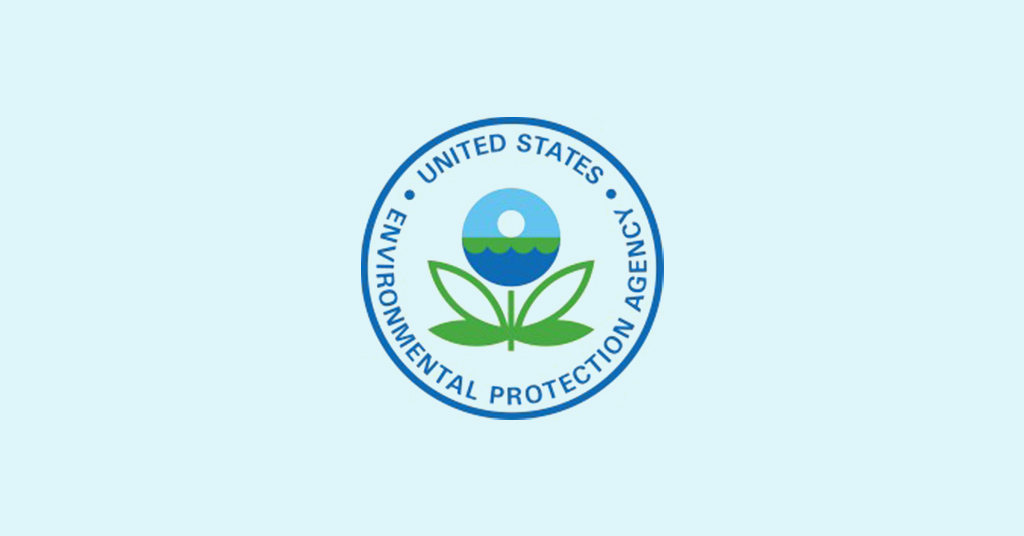Clash of Opinions: Proposed Ethylene Oxide Limits Fuel Controversy, Stirring both Criticism and Praise
- 27-Jul-2023 3:12 PM
- Journalist: Jacob Kutchner
US: The capacity of commercial sterilizers would be reduced by as much as 50%, according to companies that represent medical device manufacturers, and the proposed policy would cost more than anticipated.
In comments submitted to the Environmental Protection Agency, lobbying organizations for the medical technology sector are opposing proposed limits to Ethylene Oxide emissions, arguing that the changes would put pressure on the capacity for sterilizing medical devices and raise the price of commercial sterilizers.
A transparent gas called Ethylene Oxide (EtO) is used to sterilize medical equipment, especially equipment that is heat- and moisture-sensitive. However, the characteristics that make it effective in disinfecting equipment also make it cancer-causing. A person's lifetime cancer risk may rise because of prolonged inhalation exposure, according to the EPA's most recent risk assessment. Over a 35-year period, handling EtO poses a risk to workers, and over a 70-year period, so do residents of areas near commercial sterilizers.
According to the EPA, if no voluntary risk reduction measures are in place, 1 in 17 workers applying EtO to medical devices in commercial sterilizing facilities and 1 in 25 workers applying EtO in healthcare facilities could get cancer from their jobs. According to the EPA, 100 persons out of every million who reside or work close to sterilizing facilities could develop cancer because of their exposure. More than half of all medical devices are sterilized with EtO.
The EPA released two proposed regulations in April with the goal of reducing EtO emissions from sterilizing plants by 80%. In addition to worker measures including emissions capture systems and mandates for workers to wear protective gear, they set new restrictions on the concentration of the gas used to sterilize devices.
The plans might lower the total capacity for sterilization facilities by 30% to 50% each site. Additionally, the lobbying organization asserted that millions of products would require revalidation, including regulatory filings in the US and other nations. Additionally, it expressed doubts about the EPA's stated decreases in EtO, claiming that the agency ignores background levels of EtO in its calculations.
Another organization that advocates for medical device industries, the rising costs of compliance could force half of the smaller commercial sterilization businesses out of business.
MDMA urged EPA to withdraw the proposal, examine potential threats to sterilization capacity from both the NESHAP and the proposed Ethylene Oxide (EtO) pesticide registration, agree on a supply risk assessment and management strategy with the U.S. Food and Drug Administration (FDA), and resubmit standards that reduce the risks to public health posed by both air emissions and the delayed and restricted access to medical devices.
The EPA's proposed rule was supported by several of the commenters notwithstanding the strident opposition from the device industry.
Doctors in hospitals across the US, where they encounter EtO-exposed patients and staff. The American College of Occupational and Environmental Medicine expressed worry in submitted comments regarding the long-term cancer risks of EtO exposure among those who work, reside, go to school, or attend day-care in communities near commercial sterilization facilities.
Environmental justice organizations like the National Tribal Air Association and people who live close to sterilization facilities urged stricter emissions regulations among the more than 30,000 comments the EPA received.
On June 27, the EPA's comment session came to an end. Device manufacturers would have 18 months to comply with the new rules when the government adopts a final rule.



